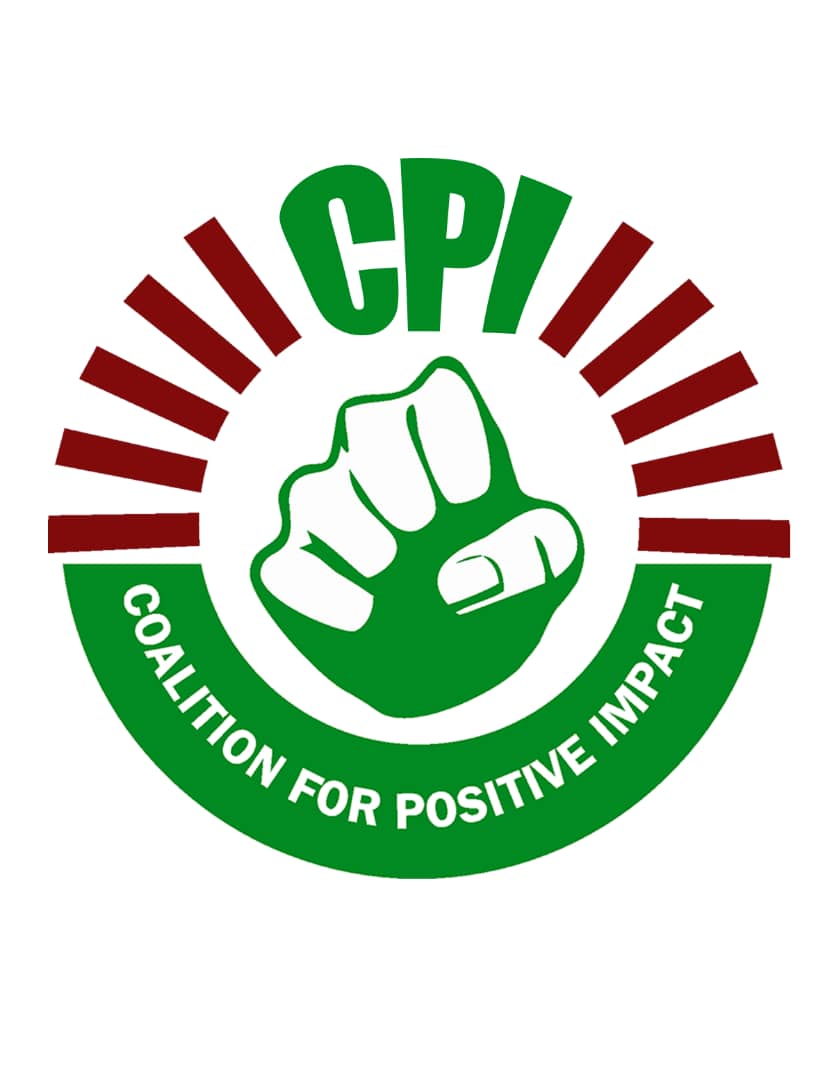Northern Ghana, long overlooked as an investment location, is poised for an economic transformation. Driven by a powerful demographic dividend, strategic infrastructure development, and a burgeoning entrepreneurial spirit, the region represents the most compelling and undervalued investment opportunity in Ghana today. The key to unlocking this potential lies in backing the young, innovative entrepreneurs who are building the future. The Coalition for Positive Impact (CPI) is the proven conduit for identifying these high-potential ventures and delivering exceptional returns.
1. Debunking the Old Narrative
The outdated perception of Northern Ghana as a remote hinterland unsuitable for investment is heavily contradicted by data and tangible evidence. Pre-colonial history presents the area as a key trade nexus between the country’s south and neighbouring countries (Geier et al., 2015, p.105), and modern analysis from the Northern Development Authority and multiple researchers confirms its viability (Ashong-Katai, 2022).
This reality is defined by five (5) powerful trends:
Demographic Dividend
The northern regions are projected to double their population and experience the highest increase in Ghana’s working-age population over the next 25 years. With a child population (0-14) of 41.32% versus a national average of 35.3%, these regions boast a continuous pipeline of quality talent and consumers (GSS, 2021). Its growing educated middle-class population also signifies increasing earnings and purchasing power. Thus, more money to spend on normal goods!
Strategic Infrastructure
The Tamale and Wa airports were the 3rd and 4th busiest in Ghana in 2024, facilitating over 250,000 domestic travels (GACL, 2024). The upgrade of Tamale airport to an international airport, combined with critical road upgrades and a planned airport in Bolgatanga, solidifies Northern Ghana’s role as Ghana’s primary trade gateway to Burkina Faso and the wider Sahel.
Private Sector Presence
Leading (multi)national companies like MTN, Fidelity Bank, Melcom, and venture-backed Farmerline and Sommalife have already established footprints, signaling rising investor confidence and offering complementary assets for new entrants.
Digital & Economic Leapfrog
As urban populations in cities like Accra and Kumasi peak, migration and economic activity will shift northwards, as we can already see in Tamale, one of the fastest growing cities in West Africa. Alongside this demographic transformation, internet penetration, mobile adoption, and digital literacy are expected to rise sharply, creating a ready market for digital products, services, and jobs.
Minerals and Agriculture
The landmark Black Volta Gold project signals a new era of local ownership and economic stimulation, with a direct forecast of 1,000+ new jobs in construction alone, and the rise of supporting SMEs (Botchway, 2025). The fertile lands of the north, particularly the Sissala areas, housing agribusiness giants like Antika, Kedan, and Alaska, form the nation’s maize basket, producing on a scale that feeds the country. Investing here means unlocking new opportunities in transport & logistics, materials supply, specialized consumables, commodity trading, and value addition.
Simply put: If you aren’t investing in Northern Ghana NOW, you’re missing out on Ghana’s future!
2. The Engine of Growth: Young Entrepreneurs
This macro-economic potential is being activated by Northern Ghana’s greatest asset: its young entrepreneurs. They are brilliant, resilient and hungry for opportunity. They are building businesses in high-value sectors that leverage local advantages for global markets.
Three (3) sectors stand out for their immediate potential:
Shea Value Chain
Ghana’s shea industry has the potential to rival cocoa. The global shea butter market is projected to reach USD 6.8 billion by 2035, expanding at a CAGR of 8.2% (Future Market Insights). Northern Ghana is the epicenter of Ghana’s shea industry and its young entrepreneurs are increasingly building brands that capture this value locally. Additionally, the Ghanaian government has announced a pivotal policy to ban the export of raw shea by 2026, a move designed to boost local value addition and increase returns for local investors (Freshplaza, 2025). This is supported by the establishment and rehabilitation of several processing factories, including the Buipe Shea Processing Factory.
Fashion & The Fugu
The Northern fugu has gained significant domestic and international recognition. It is positioned to capture value in Ghana’s fashion market, projected to grow to US$1.30bn by 2030 (Statista). Young designers are modernizing this cultural asset and leveraging digital platforms to reach a global audience, creating value within the circular and sustainable fashion industry. Ongoing investments in Ghana’s cotton industry are also expected to further boost this industry.
Agribusiness
A new generation of entrepreneurs is transforming the region’s agricultural bedrock into a high-value industry. Moving beyond traditional farming, they are pioneering ventures in commercial aquaculture, value-added food manufacturing, and by-product processing to capture maximum revenue and create sustainable jobs. This potential is supercharged by a fast-growing market projected to reach $21.3 billion by 2030, and a $2 billion Government of Ghana policy framework in partnership with South Korea’s Economic Development Cooperation Fund for critical irrigation and infrastructure development, creating an unparalleled window for strategic investment (Mordor Intelligence, 2025).
3. The Proof is in the Performance
The Coalition for Positive Impact (CPI) has been at the forefront of identifying and catalyzing this entrepreneurial revolution. Over the last 5 years, CPI has deployed capital and training to support 50 young entrepreneurs in Northern Ghana. For every $1 invested, our young entrepreneurs have generated $10 in return and created over 400 jobs together, primarily in shea value-addition, agribusiness, and fashion. We have de-risked investment in this nascent ecosystem and demonstrated a scalable, high-impact model.
The opportunity is clear, the entrepreneurs are hungry, and the model is proven. The missing link is capital to scale. Impact Investing Ghana estimates Ghana’s SME financing gap, which disproportionately affects the Northern regions, at $4.8 billion. We invite investors, development partners, and corporate leaders to collaborate with CPI to unlock the potential of young entrepreneurs in agriculture, fashion, and technology — and to participate in Ghana’s next great economic transformation.
References
- Ashong-Katai, F. (2022). Investment strategy and potentials for the Savannah Accelerated Development Authority (SADA) zone. https://eon3group.com/wp-content/uploads/2022/02/Investment-Strategy-and-Potentials-SA-high-Comm.pdf
- Botchway, D.T. (2025) ‘Black Volta’s Promise’, The Business & Financial Times (TheBFT Online), 1 October, 2025. https://thebftonline.com/2025/10/01/black-voltas-promise/.
- Freshplaza. (2025, January 16). Ghana to ban raw shea exports by 2026. October 26, 2023. https://www.freshplaza.com/latin-america/article/9749475/ghana-to-ban-raw-shea-exports-by-2026/
- Future Market Insights. (2025). Shea butter market outlook (2025-2035). October 26, 2023. https://www.futuremarketinsights.com/reports/shea-butter-market
- Geier, U., Jorgensen, S.H. and Kassahun, S. (2015). The political economy of development in Ghana: Historical and contemporary perspectives. Oxford: Oxford University Press.
- Ghana Statistical Service. (2021). 2021 population and housing census: General report volume 3B, age and sex profile.https://census2021.statsghana.gov.gh/gssmain/fileUpload/reportthemesub/2021%20PHC%20General%20Report%20Vol%203B_Age%20and%20Sex%20Profile_181121b.pdf
- Ghana Statistical Service. (2024). 2021 population and housing census: Analytical report on population projections.https://statsghana.gov.gh/gssmain/fileUpload/pressrelease/Population_projection_280624_final_ffa2%5B1%5D%5B2%5D_with_links%5B_final_website.pdf
- Mohammed, I.K. (2022). Munich Personal RePEc Archive (MPRA). Ghana’s shea industry: A review of the literature. (MPRA Paper No. 115141). https://mpra.ub.uni-muenchen.de/115141/1/MPRA_paper_115141.pdf
- Mordor Intelligence. (2025). Agriculture in Ghana – growth, trends, and forecasts (2025-2030). October 26, 2023, from https://www.mordorintelligence.com/industry-reports/agriculture-in-ghana
- Statista. (2025). Fashion – Ghana. October 26, 2023. https://www.statista.com/outlook/emo/fashion/ghana
- Yaro, J. A., & Bawakyllenuo, S. (2024, January 15). Ghana’s shea industry is not taking care of the women behind its growth. The Conversation. https://theconversation.com/ghanas-shea-industry-is-not-taking-care-of-the-women-behind-its-growth-216488


0 Comments